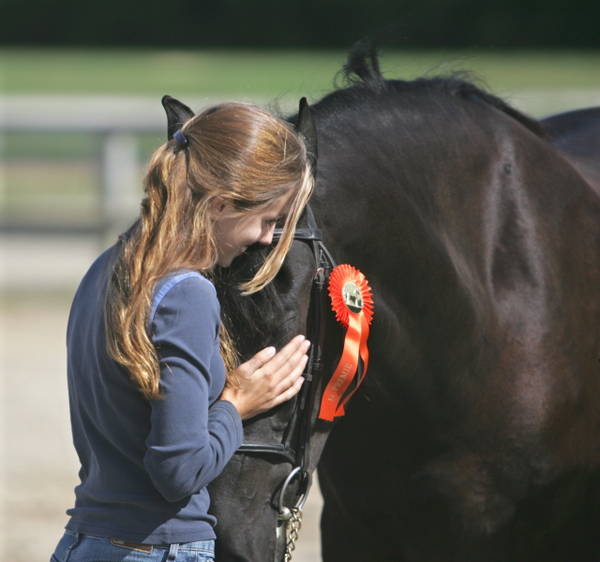We’ve learned keeping horses in a desert climate can present its own unique challenges. While the Northeast had humidity and tough winters, the desert has dry, tough summers. Proper hoof care is one element that can make a big difference in the overall health and comfort of your horse. However, even though desert living is dry and tough on hooves, it does not mean one size fits all for hoof care. You may need to experiment a bit to discover what works best for your horse.
This post contains affiliate links. We may receive a small commission if you purchase an item through one of these links.
Common Hoof Issues in the Desert
In desert climates and drought conditions, it’s common for the sole of the hoof to become flatter and thicker for protection. With less moisture in the air, everything tends to be a bit drier in the desert—hooves included. The ground is also harder (lack of moisture), and can more easily create cracks and chips in the hooves. If you ride on trails, you will also encounter lots of rocks, which can cause the same issue.
Solutions to Common Hoof Issues
Use a hoof conditioning treatment frequently. Before and after each ride, clean off your horse’s hooves well by brushing off any debris. Apply a therapeutic conditioner like Absorbine’s Hooflex. This formula is created to help with drying, cracking, and chipping of the hoof. It both moisturizes the hoof and provides a protective barrier. It also has antibacterial and antifungal properties. This product is best used on a wet hoof, so it’s a great idea to apply it right after hosing off your horse.
Help your horse’s hooves by using Cavallo boots or another temporary boot. We’ve used Cavallo boots on several horses on some pretty rough trails. I have to say, I’m impressed with how well they hold up. I find some horses will show hoof sensitivity on trails, but not in their paddocks. Temporary boots can help resolve this issue and provide extra support for your horse on the trail and prevent chipping and cracking.
Hoof Care to Prevent Issues
ALWAYS provide shade in hot, dry conditions: Giving your horse some relief from the heat of the sun is important to many parts of the body, particularly the hooves. It’s hard for the hooves to regulate moisture when they don’t have relief from the sun.
Don’t over trim your horse’s hooves: The keratin in hooves provides a natural way of regulating moisture. Filing away too much of it can strip it of its waterproofing abilities and leave the hoof vulnerable to drying out.
Need to keep track of your horse records and hate using apps? Try our Free Horse Record Tracker!
To Shoe or Not to Shoe?
There are a lot of opinions surrounding shoeing horses in desert climates. Ultimately, each horse has an individual situation, so there is no one-size-fits-all solution. Consult with your farrier and veterinarian to decide what option is the best for your horse. Here are some factors to consider when deciding whether to shoe your horse:
Shoeing Pros
- Protection
- Better performance
- Corrective shoeing helps with specific problems
Shoeing Cons
- Dry climates provide an environment for hooves to be strong and tough on their own
- Hot shoeing can be hard on dry hooves
- Consistently added expense
Temporary Shoes
If you choose to keep your horse barefoot but want to provide their hooves with additional support and protection, temporary shoes or boots are a great option. It’s a good idea to talk to your farrier or vet to get their recommendations before trying temporary shoes.
Temporary shoes are great for performance horses or those in a lot of work. The Easyboot Glue-On Shoe is made for high-performance horses. It can be left on for up to 10 days at a time in a dry environment.
Hoof boots offer a lot of protection and are well suited for the rugged terrain of trail riding. The Easyboot Trail is a popular option.
Follow these guidelines for caring for your horse’s hooves in a dry desert climate to keep them performing their best!

I’ve been around horses my entire life, but my Friesian journey started just over 20 years ago. Our horses have always been a part of our family. They have traveled with us as we relocated from Vermont to New York to Iowa and finally, to Arizona. I can’t wait to share our story with you!
Related
Jan 23, 2022
Dealing with Cracked Hooves? Hoof Care in The Desert

Leave a Reply Cancel reply
@starlitridgefriesiansandfells
LET'S BE FRIENDS ON INSTAGRAM